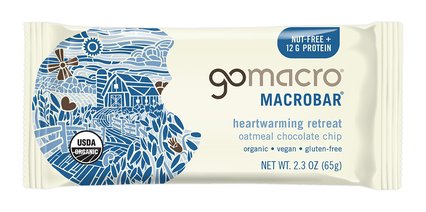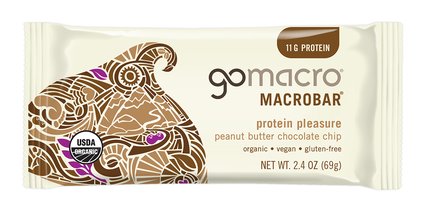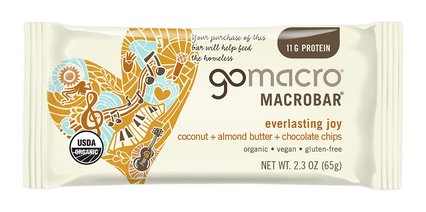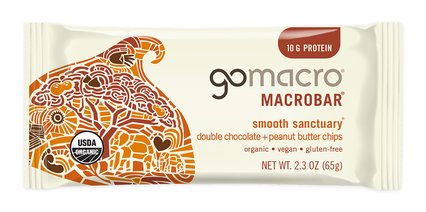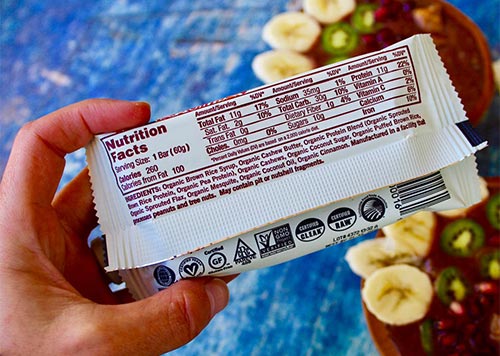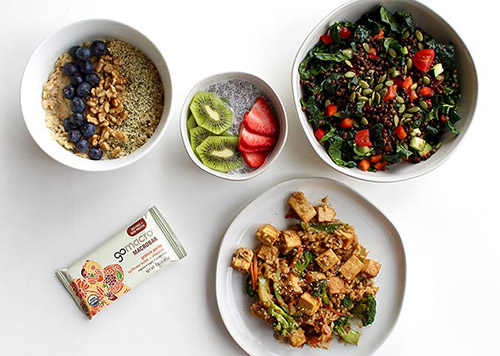How to Eat Clean: Tips to Develop Healthy Eating Habits
In a world where new studies and diet fads seem to emerge every other week, building healthy eating habits can feel like a moving target. Sometimes in life, the simplest solution can be the best option and that applies to diet as well. Starting with real, whole, and mostly plant-based foods is a great way to trend-proof your eating habits while building a more joyful relationship with food.
You are more likely to stick to a habit that you enjoy and that’s not overly complex or restrictive. That’s partly why so many people are drawn to the guidelines and benefits of a clean eating lifestyle. In order to develop healthy eating habits, it’s important to understand what clean eating means for your lifestyle and what clean foods match your diet plan. Let’s dive in!

What Does Clean Eating Mean?
A clean eating diet is focused on “clean food” consumption including whole foods like fruits, veggies, lean protein, healthy fats, and whole grains while limiting highly processed foods and artificial ingredients that are common in the average American diet. In contrast to what we typically think of as a “diet,” clean eating is more a set of guidelines than a set of rules. It does not require counting, tracking, or harsh restrictions.
Although there is no officially set definition for “clean,” a good rule of thumb is to eat foods that are as close as possible to their natural form; for example, an apple rather than apple juice or a baked potato instead of chips cooked in highly processed fats. In the words of award-winning author Michael Pollan, “Don't eat anything your great-grandmother wouldn't recognize as food.” While that’s a bit oversimplified (after all, many of our great-grandmothers might not recognize cacao nibs or kombucha), the premise remains; focus on real foods that came from the earth, with ingredients you recognize.
What are the Benefits of Clean Eating?
As we’ve mentioned, “clean eating” has no set definition; however, there are many studies around the benefits of eating a minimally processed, whole-food, plant-based diet:
-
According to Mayo Clinic, clean foods provide plentiful vitamins and minerals, high-quality protein, and healthy fats. Together, these can improve heart and brain health, build a stronger immune system, increase energy levels, among other benefits.
-
Ultra-processed foods are typically higher in sugar, sodium, preservatives, dyes, and other additives that your body doesn’t quite know how to process. Several studies have shown consumption of ultra-processed foods can be associated with higher risks of obesity, cardiovascular disease, coronary heart disease, and cerebrovascular disease. Therefore, a diet lower in these processed foods may help prevent these negative effects.
-
Whether you eat strictly vegan or not, a clean food diet is naturally rich in plants such as fruits, vegetables, nuts, seeds, grains, and legumes. The health benefits of incorporating more plants into your diet are numerous and well-documented.
-
Clean eating may be more approachable than other diets. Many people find counting, tracking, meal plans, and strict “off-limits” rules unsustainable. When approached with balance, eating clean allows for more flexibility and enjoyment than many trendy diet plans.
6 Ways to Develop Clean Eating Habits
1. Think sustainable, not extreme
According to an analysis of 121 studies, the health benefits of many popular named diets are largely gone after 12 months. Deprivation is a recipe for burnout, and it often leads to a rebound effect. Luckily, there’s another way to look at it. It’s less about the “perfect diet” and more about creating sustainable habits you can maintain. Make the changes that are accessible to you and seek balance. Many people find the 80/20 rule helpful: make clean foods about 80% of your diet and enjoy your other favorite treats with the remaining 20%.
2. Build your plate around real, whole foods
For balanced, satisfying meals, try to fill about half your plate with non-starchy veggies, ¼ of your plate with protein, the other ¼ with a whole grain or starch, and add a small portion of healthy fats. This will help keep blood sugar steady; eating healthy is easier when you’re not constantly hungry!
3. Read ingredients, not just nutrition facts
It’s great if the majority of your food doesn’t require a nutrition label at all, but that doesn’t mean you can’t enjoy some packaged foods. Get used to reading the ingredient labels rather than just the nutrition facts and choose the option with the purest, highest quality ingredients for an upgraded version of your favorite foods.
4. Focus on adding, not subtracting
Yes, food is fuel and nutrition, but it’s also joy, celebration, and connection with others, and the earth! So many diet plans are about what you can’t eat, which can leave you feeling deprived and resentful. Instead, focus on adding a variety of colorful, nutrient-dense foods into your daily routine and find the joy in nourishing your body well.
5. Work realistically with your lifestyle
Whether you work long shifts, spend evenings shuttling kids to activities, or travel frequently for work, consider what healthy looks like within your lifestyle so you can keep up healthy habits long-term. Maybe you need to meal prep, order a healthy meal kit service, throw some ingredients in the crockpot in the morning, or find healthy takeout options.
6. Think holistically
Building healthy habits isn’t just about food or fitness. You also need to tune into your own thoughts and nourish yourself mentally, emotionally, and spiritually in order to create new patterns. Clean eating is one piece of the puzzle but so is connecting with loved ones. Make time for activities that bring you joy, such as volunteering, meditating, or doing something that fills your cup.
Getting Started with Clean Eating
Clean eating is easier than you might think but the key to building healthy habits long-term is to keep things simple and sustainable! Get started on a plant-based diet by choosing clean foods when you do your grocery shopping. Focus on building meals around a colorful variety of fruits and vegetables, whole grains, healthy fats, and simple proteins. If you don’t know where to start, think about what’s in-season and local. Shop nearby farmer’s markets or shop mostly from the perimeter of the grocery store. There’s no need to immediately clear your pantry and fridge of everything artificial (unless you want to), just replace items with cleaner options as you run out.
If you’re having trouble getting inspired when it comes to planning clean meals, browse through our collection of plant-based recipes. Don’t be scared to get creative! Try some recipes from Pinterest or even cookbooks like Simply Real Health (most recipes have five ingredients or less!) can be a great place to start. If you’re craving a less healthy food option, see if you can remake it using upgraded real ingredients. Most importantly, show yourself grace. Savor the foods you love and remember that no one meal is going to make or break your clean eating goals. Instead, seek balance and choose foods that make you feel your best.
